SCAPOLITE
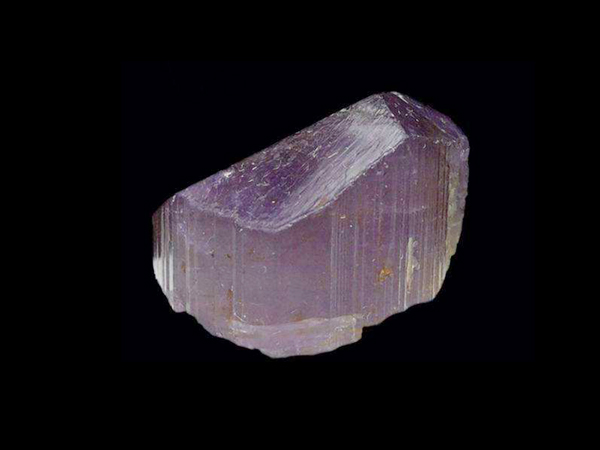
The stellite stone is produced in the calcium-rich regional metamorphic rock, and almost all metamorphic zones have the production of stellite. In skarn, there is often the production of stellite, which is generally produced in high-grade metamorphic belts. Most of the stellites are produced in metamorphic rocks and also in pegmatites.
The quality of the people produced in the regional metamorphic rocks is poor, and the best is produced in the contact metamorphic belt of volcanic rocks and limestones. Produced in Myanmar, Madagascar, Brazil, India, Tanzania, China and Mozambique. Cat eye varieties are mainly produced in Myanmar and China.
Introduction
Chinese name: Fang Zhushi English name: scapolite.
Category: Silicate Minerals - Framework Silicate Minerals - Square Pillars
Thestelliteis chemically composed of Na4[AlSi3O8]3(Cl,OH)-Ca4[Al2Si2O8]3(CO3,SO4) complete isomorphism series, and the crystal is a generic term for the tetragonal system of silicate minerals. . It is a feldspar mineral.
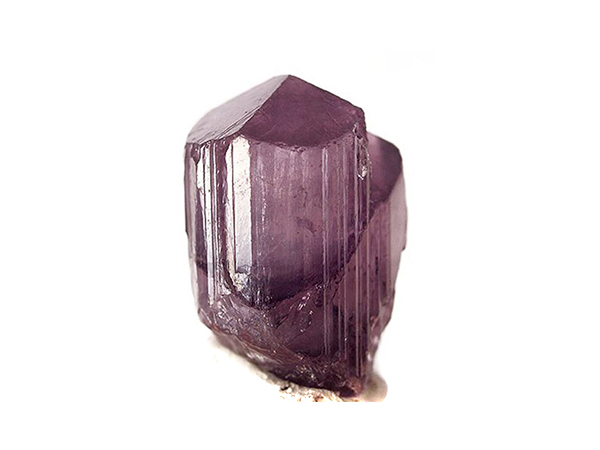
The feldspar minerals include analcite, calcite, leucite, nepheline, garnet, beryl, sulphite, beryl and sodalite, all of which are alkaline aluminosilicate minerals.
Because its chemical composition is similar to that of feldspar, it is called feldspar. The stellite stone is produced in metamorphic rocks rich in calcium, especially in marble, gneiss, granulite and green schist. Crystals are common and have a square shape and a square pyramid. The aggregate is granular, irregular column or dense block. Colorless and white, blue gray, yellow to reddish brown, sea blue is called sea blue stone. Glass luster.
Cylindrical cleavage is medium and incomplete. Moss hardness 5-6. The specific gravity is 2.50-2.78, which increases with the increase of calcium content. It is also found in the metamorphic rocks of calcareous rocks. Cluster-like stellites are visible in the pores of volcanic rocks. Beautiful stellite stone can be used as a gemstone.
Name source
Fangzhu Stone was produced in Montgomery Tekot, Myanmar. It was found in 1913 and is colorless, pink, purple, blue, yellow and silver grey. The name of the square pillar stone originated from the Greek word "scapos" and "lithos" in the word source. The former means "rod" and the latter means "stone". Its name is due to the shape of her crystal like a pole, and the square pillar stone is also known as the "Wen Lishi", which is dedicated to the German explorer mineralogist Ge. Wen Lie (1750-1817).
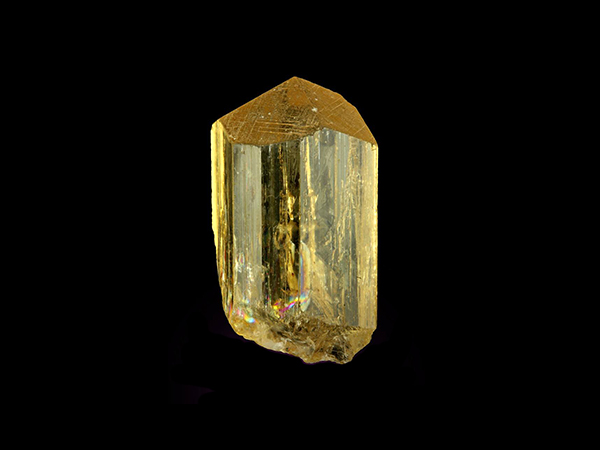
Na4[Al(AlSi)Si2O8]3(Cl,F,OH,CO3,SO4)-Ca4[Al(AlSi)Si2O8]3(Cl,F,OH,CO3,SO4), sodium and calcium can be completely classified The same image replaces a series of similar images. Sodium and beryl are two end minerals. There are no pure end minerals in nature, and more than 80% of them are rare.
The content of Cl in the sodium-rich end element is higher, and the content of CO3 and SO4 in the calcium-rich end element is higher. Tetragonal tetragonal twin-cone crystals, columnar crystals with longitudinal stripes on the crystal faces. Irregular columnar granular aggregates. Common colors: colorless, pink, orange, yellow, green, blue, purple, purple. Glass luster.
Both groups were completely cleavable. Mohs hardness: 6-7. The proportion is 2.60-2.74. Axial crystal, negative light, polarized with pleochroism pink, purple, purple: medium to strong, blue and blue purple; yellow: weak to medium, different yellow tones. Refractive index: 1.550-1.564 (+0.015, -0.014). Birefringence: 0.004-0.037. According to the characteristics of fluorescence, phosphorescence, etc., it fluoresces under ultraviolet light: no strong, pink, orange or yellow. A person with a parallel tubular body has a cat's eye effect.
The colorless or yellow stellite stone is irradiated to form a purple stellite stone, which is unstable and discolors when exposed to light. Erodible to minerals such as kaolin. The pipe flame loses moisture and swells.
The square pillar stone reacts to long, short-wave ultraviolet rays, and the color is yellow. However, the brightness under long-wave ultraviolet rays is obviously much stronger, and it also has a strong phosphorescence phenomenon.
(Na,Ca)Al1-2Si3-2O8, the natural output of the square stone is actually in the category of weizhu stone, middle column stone and nucleus stone, the real sulphite and beryl stone have not been found. The general chemical formula of the stellite can be represented by W4[Z12O24]*R. Among them, W=Na, K, Ca, there may be trace amounts of Mg, Fe, Mn, Ti; Z=Si and Al; R=Cl, F-, OH-, CO2-3, SO2-4. This shows that the composition of the stellite is quite complicated.
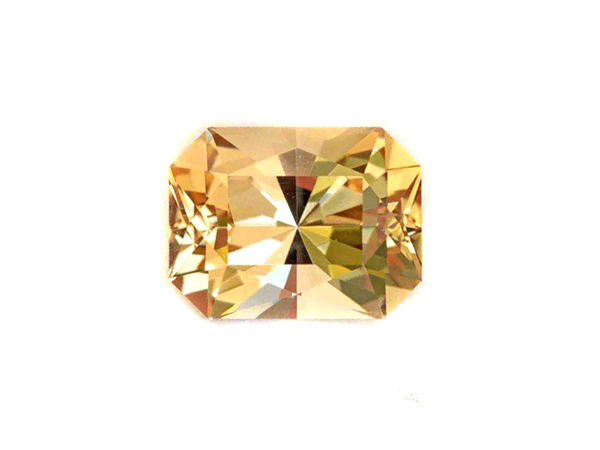
Crystal morphology
Square tetragonal crystals; common single crystals have square columns a{100}, m{110}, h{210} and tetragonal double cones r{111}, z{131}, w{331}.
Crystalline state: crystal body
Crystal system and space group: tetragonal system, space group I4/m;
Crystal habit: columnar crystal, with longitudinal stripes on the crystal plane, extending along the c-axis, often with a filamentous or fibrous appearance.
Unit cell parameters: a0=12.01-12.29, c0=7.54-7.76, z=2;
Powder crystal data: 3.46 (1) 3.07 (0.7) 3.03 (0.6) 3.82 (0.6) 1.912 (0.3) 2.69 (0.3) 2.7 (0.3) 6.04 (0.2)
Physical properties
Hardness: 5-6
Specific gravity: Increase with the increase of Me molecule, change cleavage between 2.50-2.78g/cm3: {100} cleavage medium, {110} cleavage slightly worse
Fracture: the fracture is not flat
Color: light yellow to dark yellow
Streak: colorless
Transparency: some are transparent, some are opaque
Gloss: glass luster
Luminescence: fluorescing
Others: Calcium-containing stellite can be decomposed in HCI, decomposes to form a gel, but is rich in Na
Optical properties
Oneaxiscrystal(-),Ne=1.522-1.571,No=1.534-1.607,double reflectance=0.012-0.036
Optical properties
1. Color The stellite stone is mainly purple and pink. It is usually colorless, yellow, orange, green, blue, and purple (see photo). The sea blue is also known as the "blue sap."
2. Transparency and gloss Transparent and transparent, glassy.
3. Photonic Axial crystal, negative light.
4. The refractive index and birefringence are 1.550-1.564, and the birefringence is 0.004-0.037. The dispersion is 0.017.
5. Polychromaticity Pink, purple, and purple have medium-strong pleochroism, blue and basket purple; yellow are weak-medium chromatic, showing different yellow tones.
Mechanical properties
1. Cleavage Cylindrical cleavage is not complete.
2. Hardness 6 to 6.5.
3. Density 2.50~2.74g/cm3.
It increases with increasing calcium content.
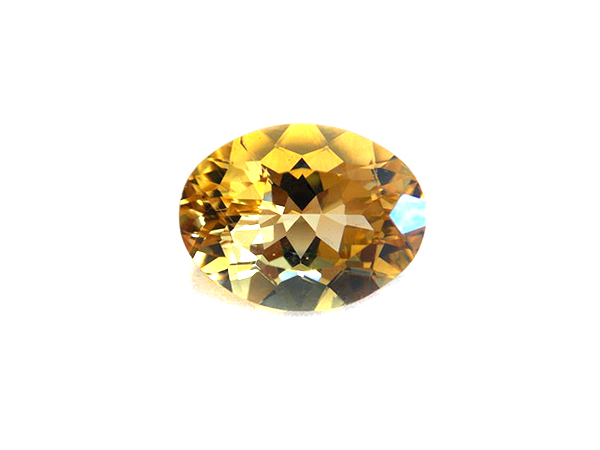
The stellite stone is produced in the calcium-rich regional metamorphic rock, and almost all metamorphic zones have the production of stellite. In skarn, also often.
The output of the stellite stone is generally produced in the high-grade metamorphic belt;
The square pillar stone is a product of gasification. Developed into intact leuco crystal clusters in the volcanic rock voids. It is more common in the contact metamorphic deposits of acidic and alkaline magmatic rocks with limestone or dolomite, and is symbiotic with garnet, diopside and apatite.
When the square pillar stone is generally developed, it can form a square pillar rock. The phenomenon that the square pillars are used to interpret the plagioclase is very common. The square pillar stone is susceptible to weathering and hydrothermal alteration. It can often be replaced by epidote, mica, anorthite, etc., and can be changed into kaolinite clay during weathering.
feature
Common tubular inclusions, arranged in parallel with the c-axis. There are also various gas-liquid inclusions due to each other.
Identification of Fangshishi and similar gemstones
The beryl is easy to mix with quartz and beryl gemstones.
The purple stellite is very similar to the amethyst, but the purple stellite has a lower refractive index and birefringence, and the refractive index is l. 536 to 1.541, the birefringence is 0.015. When the refractive index value of the cristobalite overlaps with the refractive index of the beryl gemstone, the birefringence of the cristobalite is 0.005. At this time, the birefringence of the cristobalite is significantly larger.
Introduction to the appearance and origin of Fangshishi
1) Aerobic effect: Well-developed stellite clusters in volcanic rock fissures. The output in this environment is much more colorless and transparent.
2) Contact and metasomatism: Acidic rocks, alkaline rocks, limestone and dolomite can be contacted and metamorphosed, and can form a prismatic rock with associated minerals such as garnet, diopside and apatite.
3) Metamorphic rock: Produced in crystalline schist, associated minerals are tourmaline, biotite, magnetite.
Most of the stellites are produced in metamorphic rocks and also in pegmatites. The quality of the people produced in the regional metamorphic rocks is poor, and the best is produced in the contact metamorphic belt of volcanic rocks and limestones. Produced in Myanmar, Madagascar, Brazil, India, Tanzania, China and Mozambique. Cat eye varieties are mainly produced in Myanmar and China.
The world famous places of origin are Madagascar and CapodeBove near Rome, Italy. At present, the quality purple beryl is produced in Pakistan.